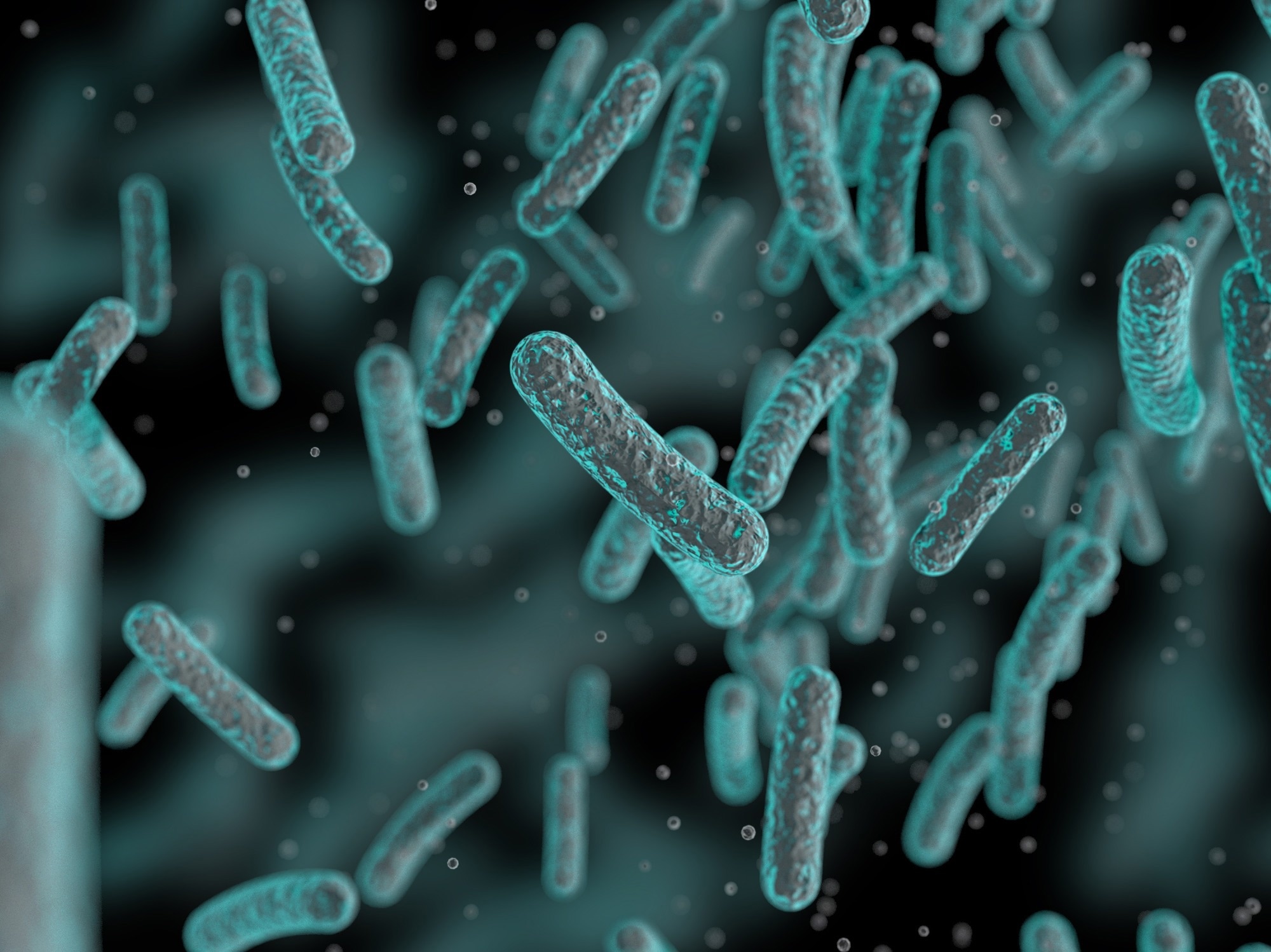In Vitro Fertilisation (IVF) is part of what is known as Assisted Reproductive Technologies, or ART, which allows fertility doctors to help people become pregnant if they cannot do so naturally.
The procedure takes place in a specialised laboratory in which an egg and sperm are joined together. The fertilised egg, or embryo, is allowed to grow in a protective environment before being transferred to the woman’s uterus to give her the best chance of having a baby.
If you’re considering IVF, you might be feeling confused, apprehensive, and overwhelmed by all the information and stories surrounding what the process involves. We’ve put together this quick guide for you, so you know what to expect, but speak to your doctor or fertility specialist about your unique situation.
Here is your step-by-step guide to IVF:
Step 1: Your treatment is coordinated
Your GP will refer you to a fertility specialist, whom you will then make an initial appointment with. During this appointment, which your partner should attend (if applicable), your medical history and any previous investigations and treatments will be reviewed.
Following the initial appointment, you will see your specialist again for a pre-treatment consultation to confirm the treatment plan, discuss any concerns you have, and sign the consent forms.
Step 2: Commence treatment
Your fertility nurse will provide you with the medication you need, explains when, where, and how to administer the Follicle Stimulating Hormone (FSH) injections. FSH is administered through a pen similar to a diabetic-style pen.
The hormone stimulates the ovaries to produce more eggs than usual (in a normal menstrual cycle, one follicle would normally only produce one egg). The more eggs that can be collected, the higher the chance of achieving fertilisation.
One round of IVF treatment starts on the first day of your period and ends with your pregnancy blood test. The first official day of your IVF cycle is the stimulation phase. You’ll take medication for 8-14 days to encourage egg production. This is usually in the form of injections. How often you will need to inject yourself will vary depending on your specific treatment plan and body.
Step 3: Treatment monitoring
Your fertility team will keep a close eye on your ovaries and how the follicles are developing with blood tests and ultrasounds. This helps to fine-tune your treatment, adjusting medications if necessary, and to determine the appropriate time for egg collection.
Once you have the optimum number and size of ovarian follicles, your egg collection will be planned. The next crucial step in the process is the trigger injection. Your fertility nurse will tell you when to administer the hCG (human chorionic gonadotrophin) injection to ‘trigger’ ovulation.
Step 4: Egg retrieval
Once you’ve received the trigger injection, the timing is critical as the eggs will need to be collected before you ovulate. Egg retrieval usually takes place 36-38 hours after the hCG injection. It is undertaken in day surgery, in which you can choose to have a light general anaesthetic or a local anaesthetic with sedation.
You can expect to be in hospital for about 4 hours, and you won’t be able to drive home afterwards or work for the rest of the day. Your partner (if applicable) will need to provide a fresh semen sample so that fertilisation of the egg can take place straight away.
Step 5: Egg fertilisation and embryo development
The eggs and sperm are taken to the laboratory, and under microscopic control, the egg is injected with a carefully selected sperm.
To mimic the temperature of the human body, the egg and sperm are kept in an incubator heated at 37 ℃. The next day scientists would examine the egg to see if fertilisation took place. They will phone to notify you of the embryo development. If the egg has not been fertilised, unfortunately it will not produce an embryo, which can happen for various reasons.
Step 6: Embryo transfer
The team’s scientists will closely monitor the embryo’s development over the next 5-6 days before the next step of transferring it into your uterus in a simple procedure similar to a pap smear. It takes all of about five minutes, there’s no anaesthetic needed, and you can get up straight away and get on with your day.
Any embryos that are not used in an IVF cycle can be stored in the freezer for future use if you choose to.
Step 7: Pregnancy blood test
About 2 weeks after the embryo transfer, you’ll have a blood test to measure your levels of the hormone hCG in your bloodstream. If the hormone is present, it usually indicates a positive pregnancy test. Sometimes women will still have a period despite being pregnant. Home pregnancy tests are not recommended as they could produce an incorrect reading.
If you have any further questions, such as the costs involved and what the injections are like, head over to IVF Australia.

 PARENTING TIPS
PARENTING TIPS PREGNANCY
PREGNANCY BABY CARE
BABY CARE TODDLERS
TODDLERS TEENS
TEENS HEALTH CARE
HEALTH CARE ACTIVITIES & CRAFTS
ACTIVITIES & CRAFTS


